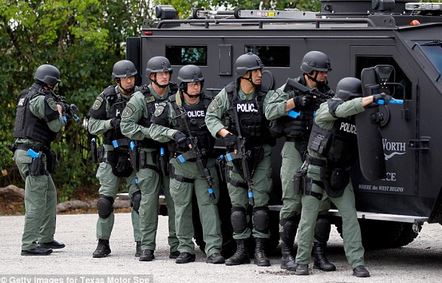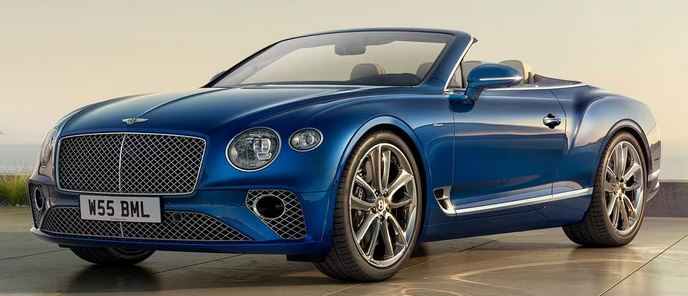If this doesn’t make you chortle, nothing will:
Executives at Ford Motor Company, General Motors (GM), and Stellantis are begging President-elect Donald Trump to keep in place President Joe Biden’s Electric Vehicle (EV) mandates. The plea comes as automakers have invested billions in EVs that have failed to turn a profit.
Aw diddums. How my heart bleeds for your lost profits, you chiseling bastards.
What’s the old expression? Oh yeah: lie down with the dogs, get up with fleas.
Well, you kowtowed to the government stupidity, always forgetting the other old dictum: what the government giveth, the government may take away.
Had there not been so much virtue-signaling from the auto manufacturers as they glommed onto those subsidies (#Jaguar #Volvo #etc), I might have had a little sympathy. As it is, however, I don’t give a rat’s ass.
And I know the followup threat: “Without subsidies, we’re going to have to close factories and lay off workers!”
Here’s a thought: take all the executive bonuses you were going to pay your management — yeah, right down to junior levels — and pay those billions (and it is billions) into an independent investment fund, i.e. a fund that’s managed by a financial institution so that you can’t raid it whenever you feel like it (#PensionPlans), and let the interest payments go to the workers you’re going to lay off.
It won’t be enough, but it sure as hell is better than the alternative, which is continuing to make a product that nobody wants, partially (or mostly) funded by taxpayers.
You should have done your research before sinking to your knees — anyone with a brain could have told you that the whole eco-electrical boondoggle was doomed to failure, especially if it was going to be dependent on government building the charging-station infrastructure (and which we’ve already seen has been a catastrophic failure).
The best lessons are those which come through suffering; so suffer, and learn.
You idiots.







